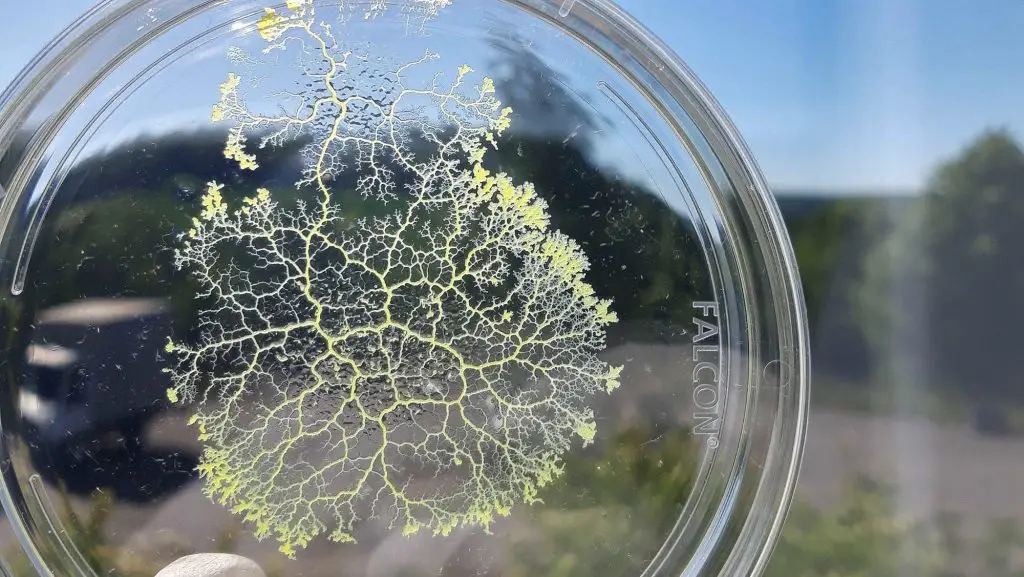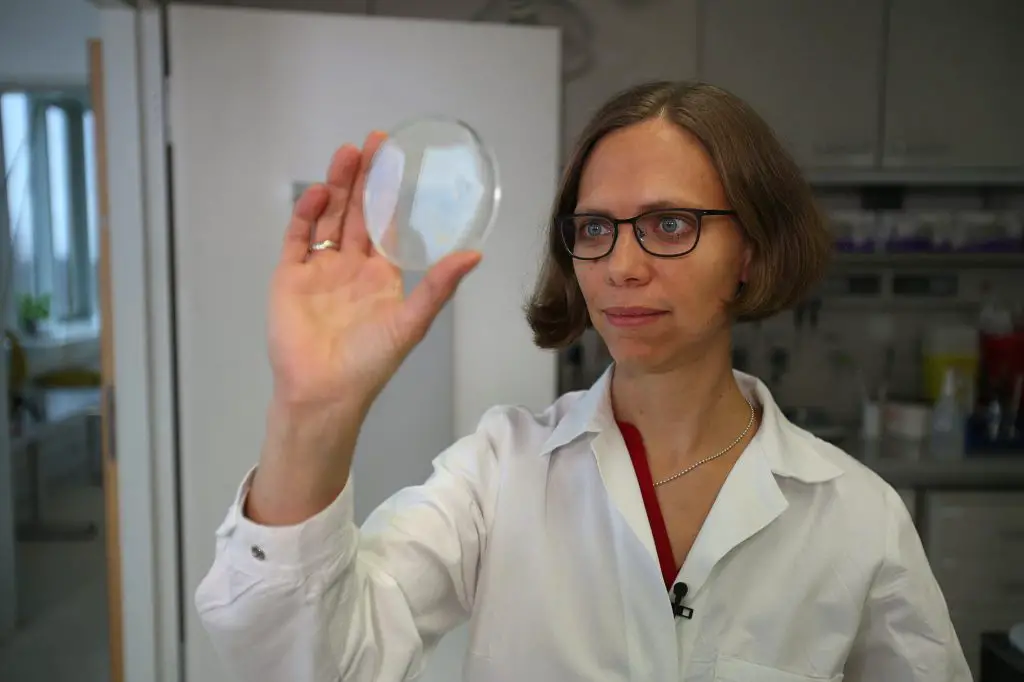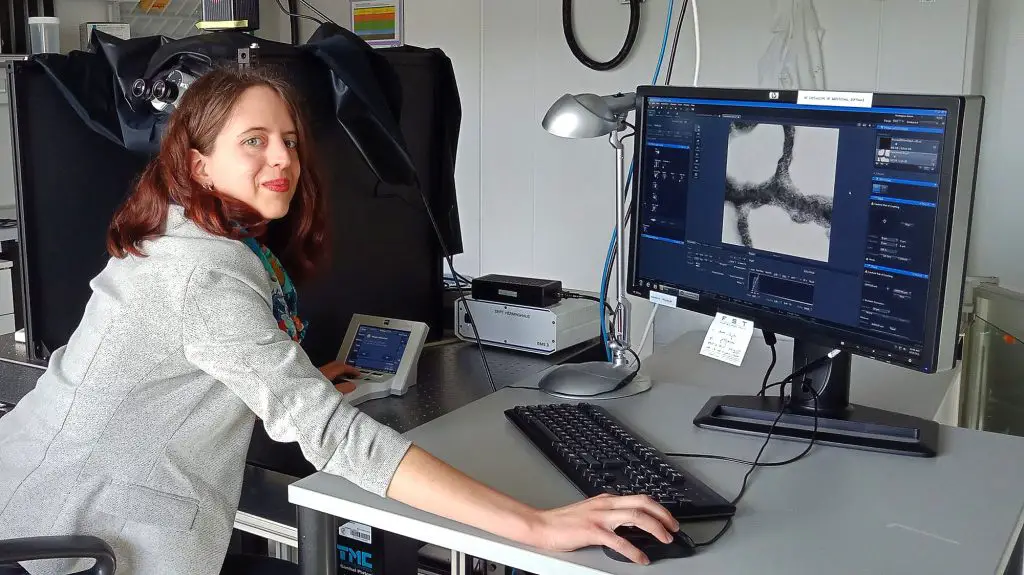Story By: Georgina Jadikovska, Sub-Editor: Marija Stojkoska, Agency: Newsflash
A single-celled slimy mould that can remember food locations without a nervous system has been discovered by German scientists.
A recent collaboration between researchers from the Max Planck Institute for Dynamics and Self-Organisation (MPIDS) and the Technical University of Munich (TUM) said that the slimy mould exhibits intelligent behaviour without a nervous system.
Research duo Mirna Kramar (MPIDS) and Prof. Karen Alim (TUM and MPIDS) discovered that the Physarum polycephalum slime mould can make decisions about its growth direction based on memories about food sources despite lacking a nervous system.

The unique eukaryotic organism, which exists at the crossroad between the kingdoms of animals, plants and fungi, has been puzzling scientists for many decades.
Its physical form is represented by a giant single cell made up of interconnected tubes of detailed networks. Furthermore, it can stretch several centimetres or even meters, which places it in the Guinness Book of World Records as the largest cell on Earth.
Moreover, its ability to solve complex problems such as finding the shortest path through a maze has raised many questions in the scientific world.
The decision making-ability of Physarum polycephalum is extremely fascinating given the fact that its tubular network constantly undergoes fast reorganisation, tubular growth and disintegration, while completely lacking a controlling mechanism.

The two researchers discovered that the organism bases its future steps on memories of food encounters stored directly in its tubular body.
Karen Alim, head of the Biological Physics and Morphogenesis group at the MPIDS and TUM Professor on Theory of Biological Networks, said: “We followed the migration and feeding process of the organism and observed a distinct imprint of a food source in the pattern of thicker and thinner tubes of the network after feeding.”
This led them to believe that the network organisation of the Physarum polycephalum serves as a memory of the past.
The scientists found out contact with food in the organisms’ cell triggers the release of a chemical which moves from the place where the food was found through the entire organism and softens the tubes so that the organism realigns itself to the food. The tubes become thicker where food is found.

Dr Mirna Kramar, first author of the study, said: “The gradual softening is where the existing imprints of previous food sources come into play and where information is stored and retrieved.”
Past feeding events are embedded in the hierarchy arrangement of thick and think tubes in the network. The thick tubes act as highways for the softening chemical, enabling quick transport through the body.
The ability of Physarum polycephalum to form impressions and thus memories is astonishing given its structural simplicity.
Dr Karen Alim added: “It is remarkable that the body uses a simple mechanism and yet controls it in such a finely tuned way.”
The study was published in the journal ‘Proceedings of the National Academy of Sciences’ (PNAS).
The ViralTab page is created by and dedicated to professional, independent freelance journalists. It is a place for us to showcase our work. When our news is sold to our media partners, we will include the link here.



